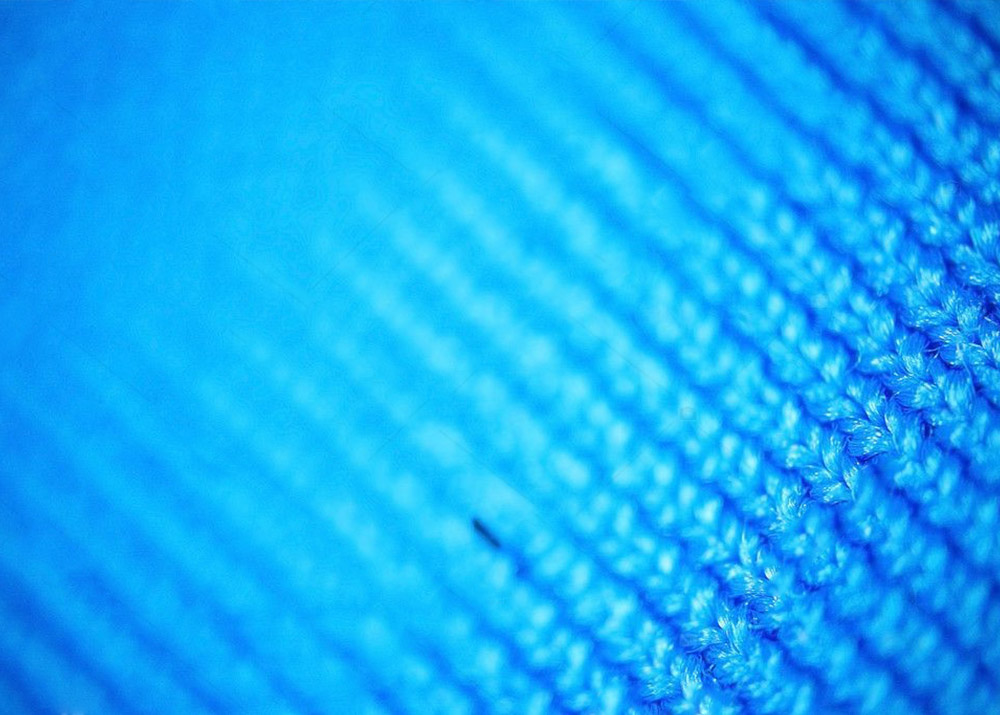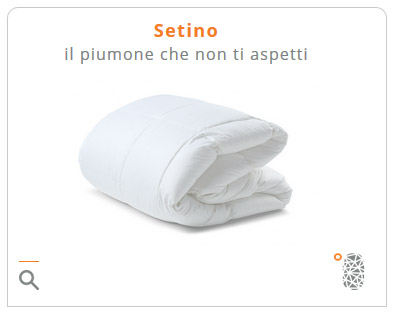Silk the first and unique natural microfiber
Silk the first and unique natural microfiber
Microfibres are not all the same: discover the advantages silk microfiber
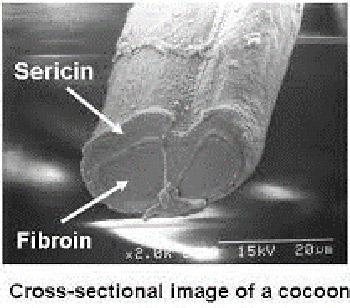
Silk is a microfiber, silk is a natural microfiber, silk is the first microfiber ever produced.
The term Silk generally refers to a natural fiber which is also unique, innovative and connected with our history.
The term microfiber generally means a synthetic/artificial fiber with a reference to lightness and finesse.
Silk microfiber and synthetic microfibers
Silk can be divided in a wide range of types based on the two elements that nature has placed as “raw materials” for its production: the type/breed of the moth that produces it and its nutrition. In terms of fineness, silks has a range between 15/16 microns up to 7/8 microns.
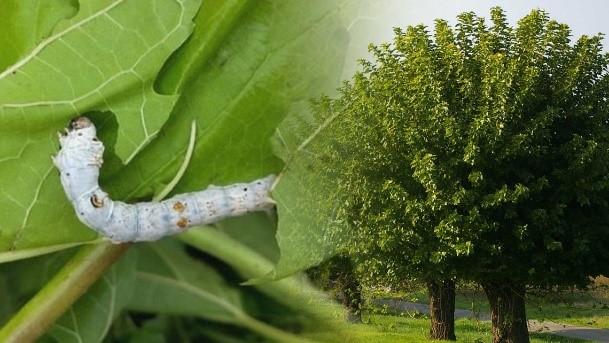 Synthetic microfibres appeared on the market in the early 1980s as the evolution of a variety of inventions or improvements on synthetic and/or artificial fibers, especially on those fibers invented by man, inspired by the production techniques of silk (extrusion), in an attempt, never denied and never succeeded in replacing the natural material with easily producible low cost fibers.
Synthetic microfibres appeared on the market in the early 1980s as the evolution of a variety of inventions or improvements on synthetic and/or artificial fibers, especially on those fibers invented by man, inspired by the production techniques of silk (extrusion), in an attempt, never denied and never succeeded in replacing the natural material with easily producible low cost fibers.
Viscose, nylon, and later on polyester, polypropylene, polyamide, became the major components of modern microfibers, highly use in cleaning products and only subsequently will dominate many areas of textiles/clothing.
What is a microfiber ?
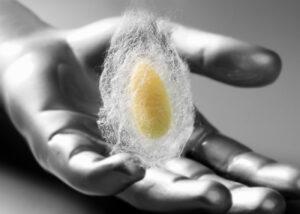 Microfiber is technically defined as a fiber which, on the basis of the UNI 10714 standard dated April 1999, has a titration of less than or equal to 1 Dtex.
Microfiber is technically defined as a fiber which, on the basis of the UNI 10714 standard dated April 1999, has a titration of less than or equal to 1 Dtex.
The Dtex titration system does not take into consideration the fineness of the fiber, but it defines how many meters of a certain material are contained within 1 gram of weight.
By analogy and extension, fibers that have a micronage of less than 10 microns are considered microfibres (the micron is equal to one thousandth of a millimeter)
What are the advantages of a microfiber ?
The reduced micronage allows to obtain final soft products with an exponential presence of fibers per square centimetre, guaranteeing high levels of thermal performance and absorption of liquids.
What are the properties of a microfibres?
The advantages and the disadvantages of synthetic microfibers must be related to the materials that compose them. Synthetic microfibers allow to produce wide range of fabrics characterized by:
- extreme softness,
- very pleasant to the touch,
- flexible,
- high coverage power,
- very smooth and flowing,
- shining.
There is a wide range of application: from cleaning products, to clothing, to body care, to furnishings.
Microspinning is the production system that allows us to obtain microfibre fabric. In itself the term microfibre indicates a type of product and not its composition. In reality we should have different types of microfibres depending on the fibers used:
- microfiber from acrylic fibers
- microfiber from nylon fibers
- microfiber from rayon fibers
- polyester microfibre.
The synthetic microfiber market trend is more and more to offer an additional category defined as hybrid which are produced through the combination of different types of synthetic materials. The combination of polyester/polyamide is currently the most used mix.
What disadvantages do microfibers have?
The negative elements of synthetic microfibres are often the hidden face of some advertised advantages:
Heat retention
The possibility of producing synthetic microfibre fabrics with a greater density of fibers determines a physiological increase in heat retention characteristic.
On the other hand, the qualities and the performance of synthetic and/or artificial raw materials, in sectors linked to clothing and technical clothing (fabrics and padding) or home textile are not able to guarantee breathability and the capacity to absorb and release excess water vapor produced by the body.
Moisture absorption
The advertised capacity to absorb liquids from synthetics microfiber becomes a notable limit as it is not accompanied, precisely because of the materials involved, with an ability to balance and release the excess quantities of vapour and moisture externally. The synthetic microfibre fabric becomes a real physical barrier, causing a dangerous and anti-performance deposit of humidity on the body, causing allergies, unpleasant odors and proliferation of mold and bacteria
Captures dirt and foreign elements
The undeniable characteristic that has made synthetic microfibres dominant in the cleaning sector (capturing and retaining dirt, tiny dust and particles), turns into a dangerous disavantegey when these impurities, in uses other than the cleaning field, remain permanently trapped in the meshes of the synthetic fibers to which they chemically bond.
Microfibres produced with different types of fibres
The current synthetic microfibre is a combination of different types of fibers (in the most common form polyester/polyamide) capable of combining the most harmful elements of each synthetic element that constitutes it:
- Very high levels of pollution caused by the production techniques linked to oil processing associated with the use of chemical substances;
- The release of extremely dangerous and polluting synthetic microfibres during their use, the main causes of the presence of plastics in our seas
- Unclear decomposition times, estimated between 600 and1000 years
- The release during their use of chemicals that are very harmful to health
The chemical release of synthetic fiber – Pdf
Natural microfiber 100% natural Silk
Silk represents the most natural and technically performing material to find in fibers and microfiber.
From the point of view of finesse, some selected types, (genetic selection of the moth producer and of its nutrition) attributable to the Mulberry Silk family (mulberry = Mulberry as food of the Bombyx Mori moth) can reach 6/7 microns of fineness.
Natural processes and innovations resulting from researches, studies and knowledge of fiber allow Cosetex Silk and T.Silk Silk to create products with high concentrations of fibroin fibrils, (protein constituting the central part of the silk fiber), with diameters that can vary from 20 to 50 nm (1nm = 1micron/1000).
This means having a completely natural fiber which is in all respects a microfiber with characteristics of lightness, finesse, softness, typical of a microfiber associated with:
- Maintaining a high level of heat;
- High breathability;
- Temperature control;
- Absorption of high quantities of liquids and water vapour;
- Release of excess liquids and steam to the outside;
- Health and well-being of the body;
- Complete absence of any form of pollution;
- Complete lack of release of chemicals;
- Complete sustainability of the production process;
- Complete degradation in the environment being made up of proteins.
Silk Microfiber inside T.Silk padding and into T.Silk collection bed system products
Silk is a natural microfiber. The Silk of T. Silk, thanks to the innovative manufacturing processes, manages to free a high concentration of fibrils of Silk protein (Fibroin) with a diameter between 25 and 30 nm (1nm = 1micron/1000) .
A microfiber duvet and/or with traditional synthetic microfibre padding concentrates within itself all the negative elements of the synthetic fibers and microfibres mentioned above and cannot be considered an ecological duvet, even when this microfibre comes from the recycling of reused products, indeed recycling activities on synthetic fibers are able to increase the already high polluting elements of synthetic fibres.
The products of the T.Silk Collection line with its exclusive T.Silk padding in pure natural silk and the exclusive silk fabrics areable to satisfied those who are looking for:
- hand and softness of a microfibre,
- the naturalness of a fibre,
- the sustainability of a system,
- respect for the health of the body,
- respect for the environment,
- heat and breathability performance,
- an unattainable level of comfort

